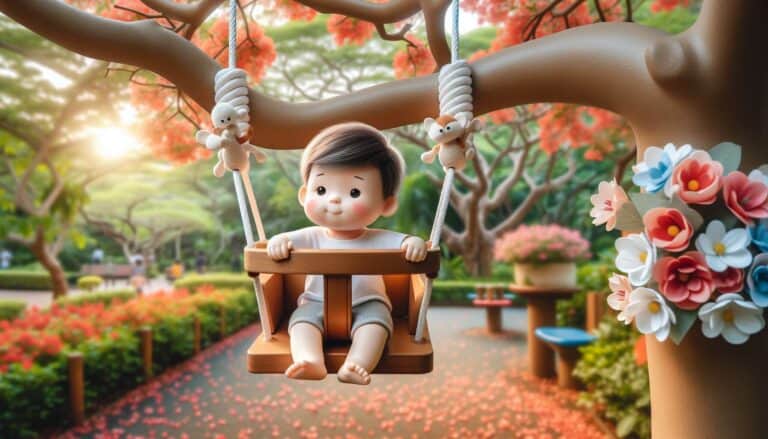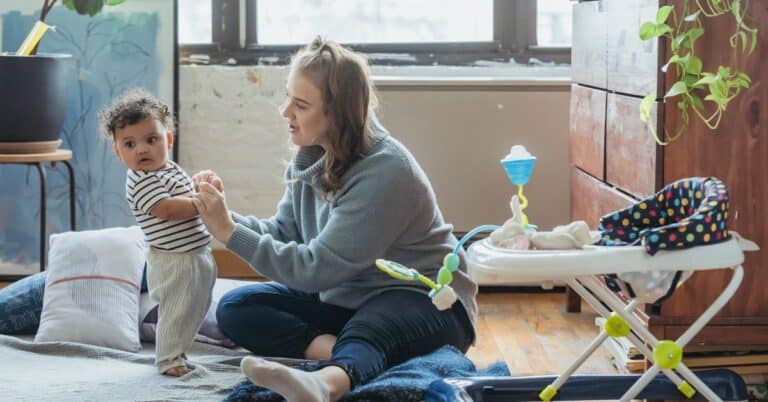Non-Toxic Baby Gear Brands: The Only Enhanced Interactive Guide
Finding safe non-toxic baby gear brands shouldn’t feel like solving a puzzle with missing pieces. Every parent wants the best for their little one, but navigating product labels and marketing claims can leave you more confused than confident. This complete interactive guide cuts through the noise to give you exactly what you need: trusted brand recommendations, money-saving tips, and simple safety checks that protect your baby without breaking your budget.
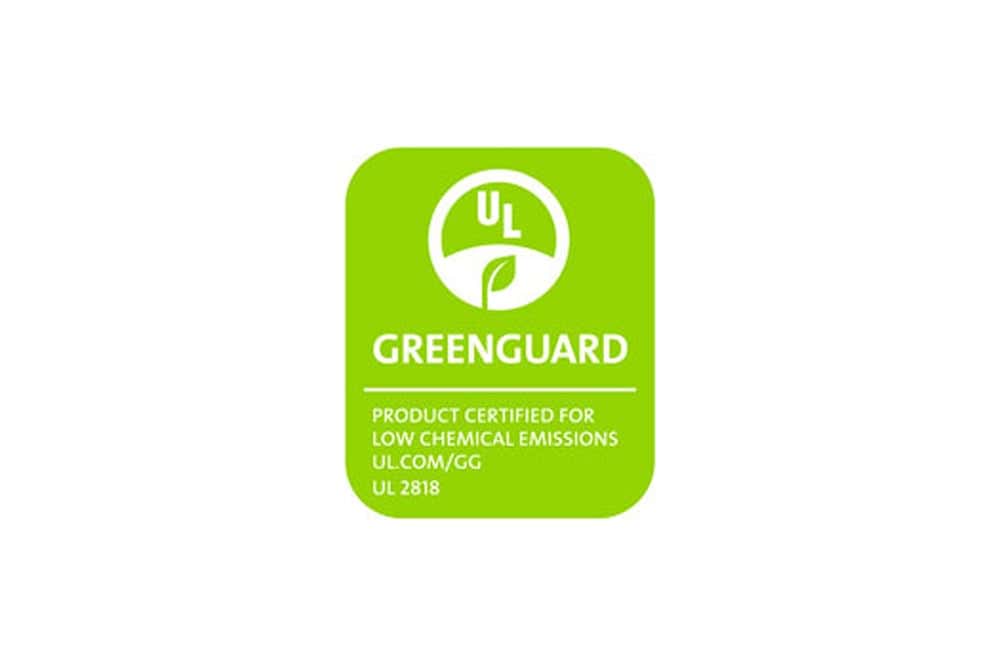
Quick-Start Brand Shortlist 2025
When you’re short on time but need answers fast, start here. These brands have earned their spot through rigorous testing, parent reviews, and proven safety records.
Want to know why these brands made the cut? Each one meets strict safety standards that go beyond basic regulations. They’ve invested in third-party testing and transparent ingredient lists because they know parents like you demand better.
Why Toxins Matter in Baby Gear (2-minute read)
Here’s something that might surprise you: babies are exposed to five times more flame retardants than adults. Why does this matter? Your little one’s developing brain has thinner barriers that let more chemicals through. They also breathe more air per pound of body weight, making them extra vulnerable to toxins floating around your home.
🎧 AUDIO SUMMARY: 5-Minute Expert Podcast
Coming Soon!
The most concerning chemicals hiding in baby products include:
- Flame retardants (PBDEs) – Found in mattresses and car seats, linked to learning delays and thyroid problems
- Phthalates – Make plastics soft but disrupt hormones and development
- Formaldehyde – Used in furniture adhesives, causes respiratory issues and may increase cancer risk
- BPA and BPS – Even “BPA-free” products often contain similar chemicals that affect brain development
The good news? Every safer product choice reduces your baby’s total toxic load1. You don’t need to replace everything at once because small swaps add up to big protection.
Certification Decoder Ring
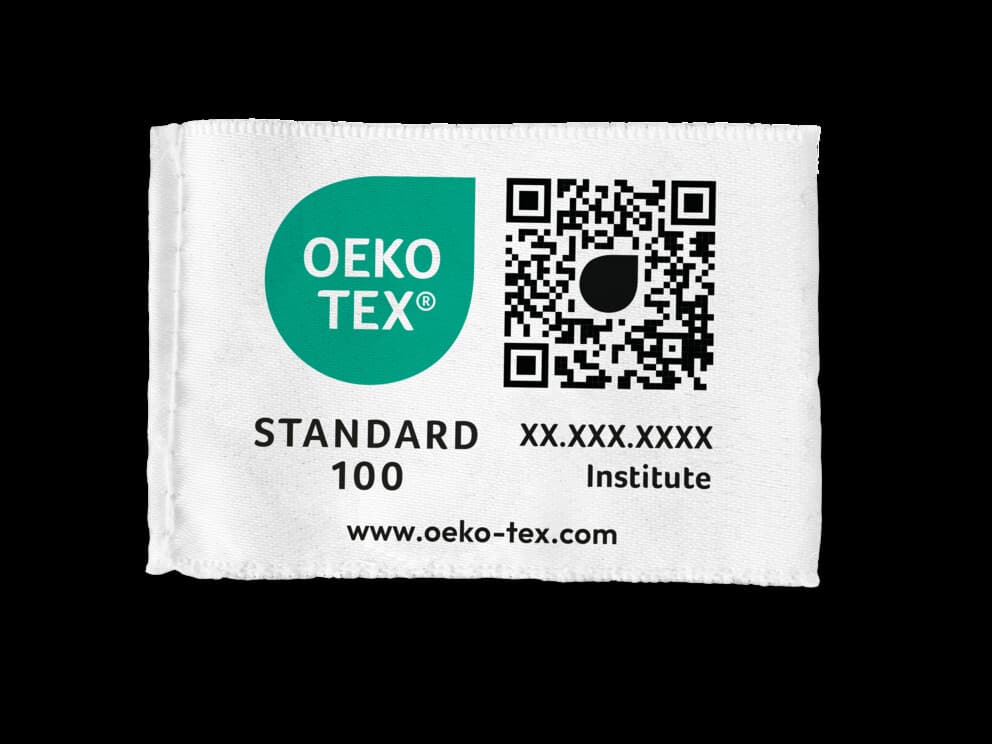
GREENGUARD vs. OEKO-TEX vs. GOTS
Feeling lost in alphabet soup when you see these certification labels? You’re not alone. Let’s break down what each one actually means for your baby’s safety.
🔍 INTERACTIVE CERTIFICATION GUIDE
🔍 Certification Decoder Ring
Click on each certification to learn what it means for your baby’s safety
GREENGUARD Gold tests products for over 10,000 chemicals and ensures they won’t pollute your home’s air. Since babies spend 90% of their time indoors where air pollution is 2-5 times higher than outside, this certification is crucial for items like cribs and mattresses.
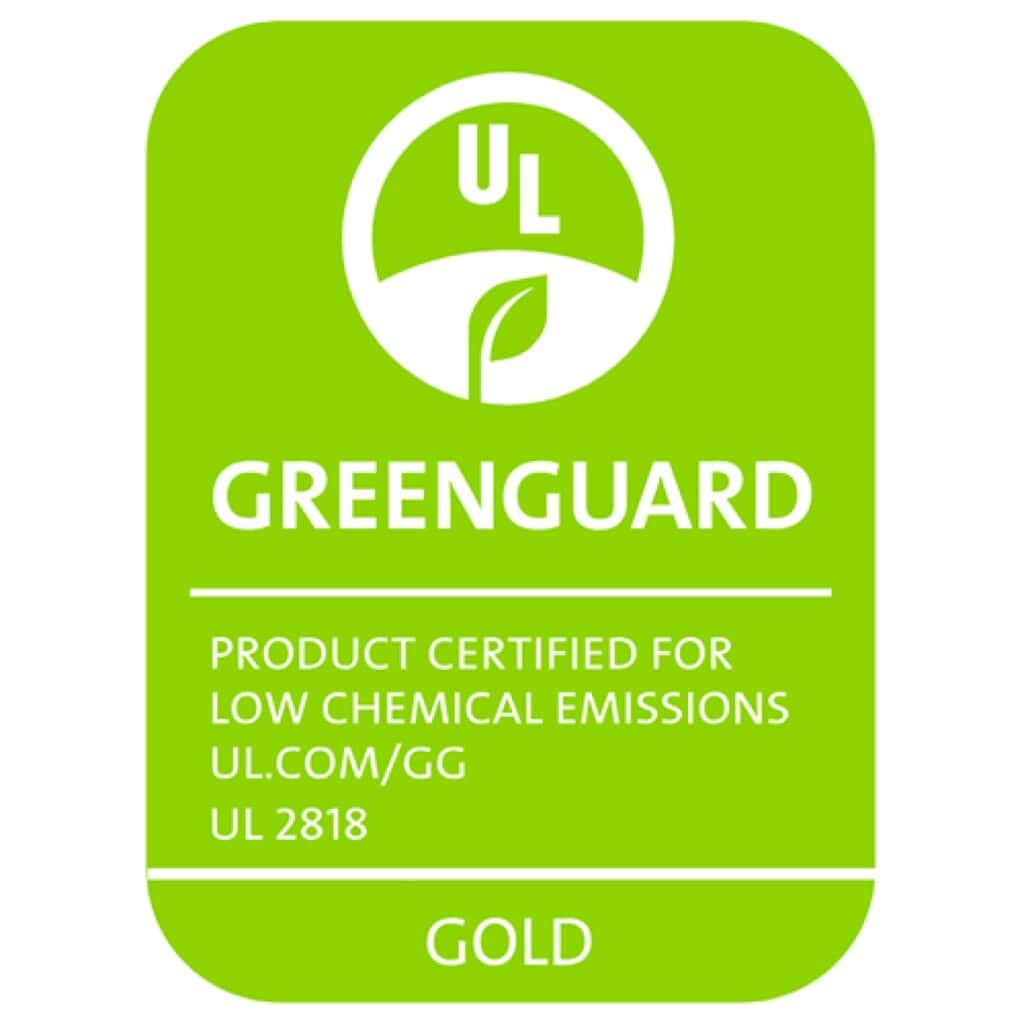
OEKO-TEX Standard 100 focuses on textiles, testing for over 100 harmful substances that could irritate your baby’s skin. If it touches your little one’s body – clothing, blankets, stroller fabric – this certification gives you peace of mind.
GOTS (Global Organic Textile Standard) goes beyond safety to guarantee at least 70% organic fibers. This means no synthetic pesticides or fertilizers touched the materials during growing.
How to Spot Non-Toxic Greenwashing in 15 Seconds
Companies know parents want safer products, so some use clever marketing tricks. Here’s your quick BS detector:
- Vague claims like “natural” or “eco-friendly” without certifications = red flag
- Missing ingredient lists = skip it
- “Chemical-free” claims = impossible (everything is made of chemicals)
- One tiny organic ingredient doesn’t make the whole product safe
Look for specific certifications, complete ingredient lists, and brands that explain their testing process.
📺 YOUTUBE: Expert Explains Baby Product Certifications
Gear-by-Growth Timeline
Newborn Essentials (0-6 months) 👶
Your tiny human spends most of these early months sleeping, eating, and growing at lightning speed. Safety matters most when they can’t move away from harmful chemicals themselves.
Sleep Setup:
- Naturepedic Organic Breathable Mattress – The only crib mattress that’s certified organic, waterproof, AND breathable
- ergoPouch Sleep Sacks – GOTS certified organic cotton that helps regulate temperature without loose blankets
- DaVinci Cribs – GREENGUARD Gold certified with low chemical emissions
Feeding Time:
- Pura Stainless Steel Bottles – Medical-grade materials with MADE SAFE certification
- Philips Ultra Air Pacifiers – 100% food-grade silicone, BPA-free with extra airflow design
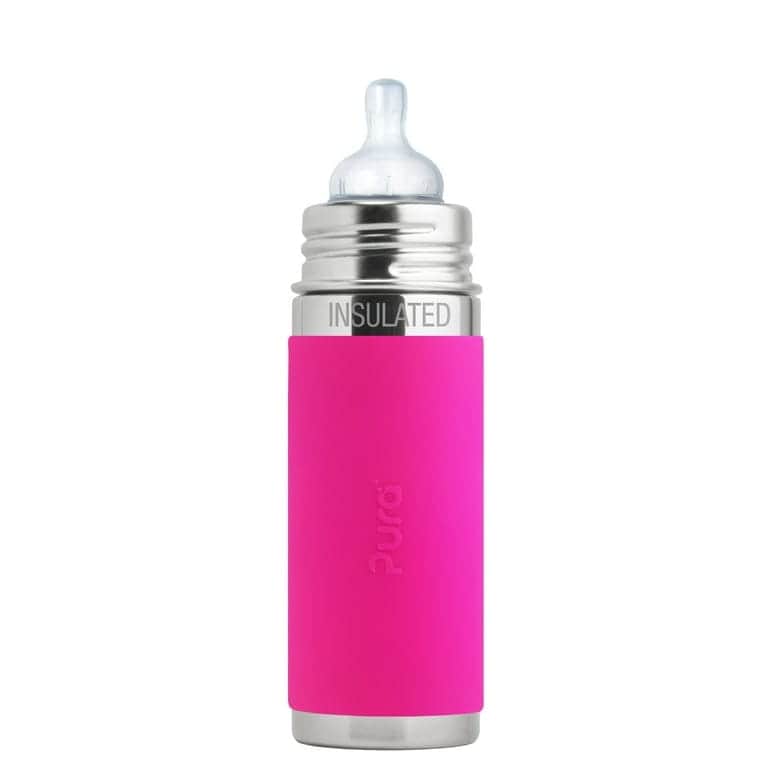
On-the-Go:
- Nuna Strollers – OEKO-TEX and GREENGUARD Gold certified with over 320 safety awards
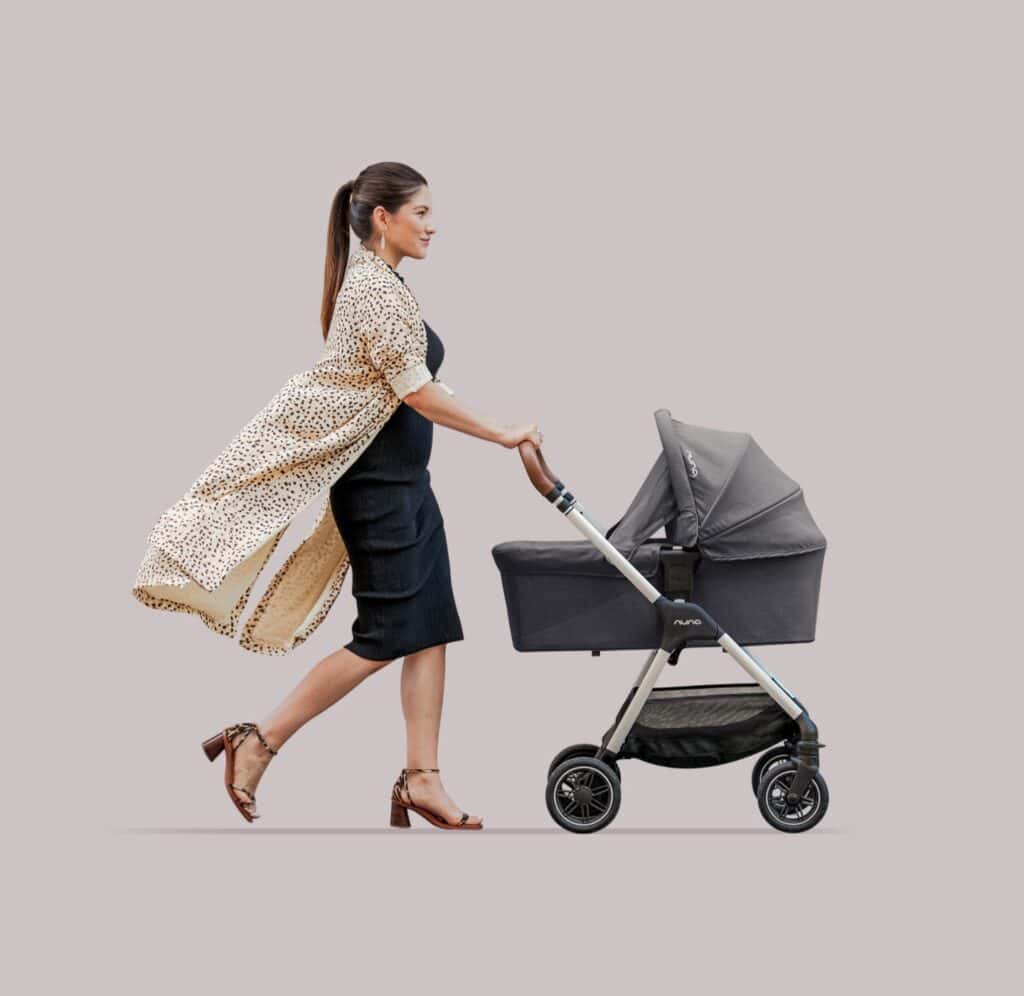
Mobile Months (6-18 months) 🚼
Now your little explorer is crawling, pulling up, and putting everything in their mouth. Chemical exposure risks go up because they’re touching more surfaces and their hand-to-mouth behavior peaks.
📺 YOUTUBE: Non-Toxic Baby Registry Essentials
- FLUFFYFUN Organic Stuffed Animals – OEKO-TEX certified with yarn eyes (no small parts)
- Hook & Loom Organic Cotton Rugs – Safe surfaces for floor play
Mealtime Must-Haves:
- Pura Silicone Snack Containers – First plastic-free line with MADE SAFE rating
- BabyBjörn Bouncer Bliss – OEKO-TEX certified with natural rocking motion
Travel Gear:
- Guava Lotus Travel Crib – GREENGUARD Gold certified, folds into a backpack
Toddler Territory (18-36 months) 🧒
Your independent toddler is climbing, running, and asserting their opinions about everything. They need gear that keeps up with their energy while protecting their still-developing systems.
Big Kid Clothes:
- Kate Quinn Organic Cotton Line – GOTS certified with adorable prints
- Colored Organics – Soft organic basics that survive toddler adventures
Sleep Solutions:
- gunamuna Sleep Sacks – OEKO-TEX certified bamboo that grows with your child
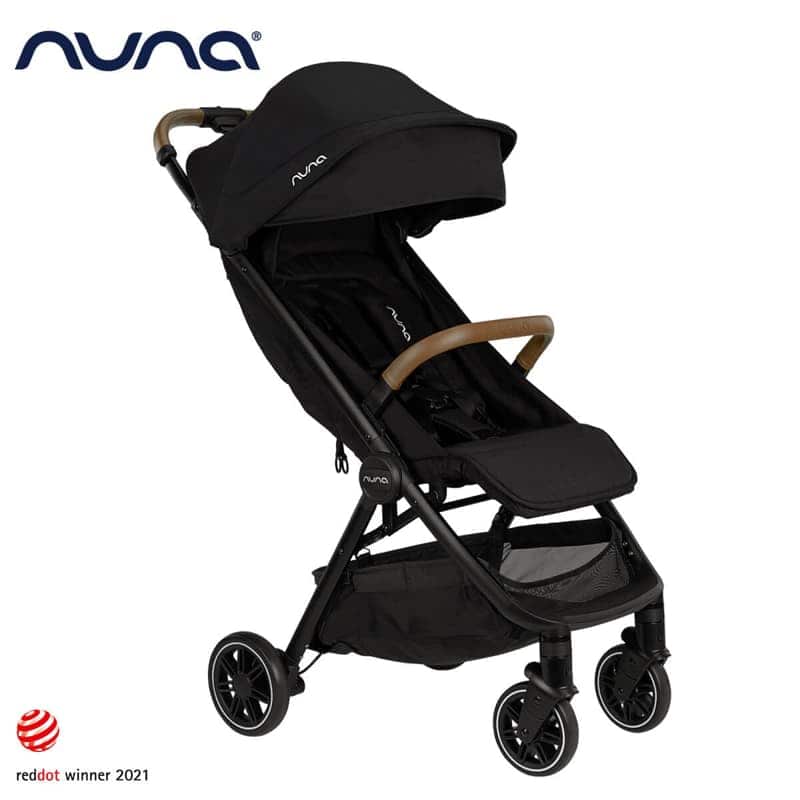
Do you see the pattern? The safest brands invest in multiple certifications and transparent testing. They know parents like you won’t settle for marketing fluff.
Money-Smart Swaps
Let’s talk about the elephant in the room: organic baby products cost more upfront. The reason? Organic farming requires more labor, smaller production runs, and stricter quality control. But here’s what companies don’t always tell you – these investments often pay off.
📺 YOUTUBE: Budget-Friendly Non-Toxic Baby Swaps
Cost-Per-Use Reality Check:
| Product Type | Conventional Price | Non-Toxic Price | Months Used | Cost Per Month |
|---|---|---|---|---|
| Crib Mattress | $100 | $300 | 36 | $2.78 vs $8.33 |
| Stroller | $250 | $500 | 36 | $6.94 vs $13.89 |
| Sleep Sacks (set of 3) | $45 | $120 | 18 | $2.50 vs $6.67 |
Smart Sourcing Strategies:
The secret many parents don’t know? You can find non-toxic baby gear secondhand and save hundreds. Here’s what’s safe to buy used:
✅ Safe to buy secondhand:
- Strollers (check for recalls first)
- Baby carriers and wraps
- Clothes and cloth diapers
- High chairs
- Toys (manufactured after 2008)
❌ Never buy used:
- Car seats (safety standards change, hidden damage possible)
- Mattresses (hygiene and safety concerns)
- Breast pumps
Pro tip: Join local parent Facebook groups or check Babylist for gently used certified organic items. You’ll often find barely-used gear from families whose babies outgrew things quickly.
DIY Safety Checks Before You Click “Buy”
Worried about making the wrong choice? These simple checks take less than five minutes but could save your baby from harmful exposure.
1. Read the Label Script
What to look for:
- Complete ingredient or material lists
- Specific certifications (not just claims)
- Manufacturing location and date
Red flag phrases:
- “Made with natural ingredients” (how much?)
- “Non-toxic” without certification
- “Safe for babies” without specifics
2. Contact-the-Brand Email Template
Can’t find safety information? Send this:
“Hi! I’m considering your [product name] for my baby. Could you please share: 1) Complete materials list, 2) Third-party safety certifications, 3) Testing for flame retardants, phthalates, and BPA? Thank you!”
Good brands respond quickly with detailed answers. Brands that dodge questions or give vague responses? Keep shopping.
3. Barcode-Scanning Apps
Download HEI (Healthy Living App) or Think Dirty to scan products for instant safety ratings1. These apps crowd-source ingredient analysis and flag concerning chemicals.
Want an even simpler approach? Stick to brands that appear multiple times in safety-focused parenting communities. Parents share real experiences about what works and what doesn’t.
Final Checklist & Action Plan
You made it! 🎉 Here’s your three-step action plan to start creating a safer environment for your little one:
Week 1: Start with Sleep
- Research one GREENGUARD Gold certified crib or mattress
- Replace synthetic bedding with GOTS certified organic options
- Check current sleep products for recall notices
Week 2: Tackle Daily Essentials
- Switch to one OEKO-TEX certified clothing brand
- Replace plastic feeding items with certified safe alternatives
- Audit one room for harmful chemicals using your new knowledge
Week 3: Plan Future Purchases
- Create a wishlist of certified brands for future needs
- Join local parent groups for secondhand certified gear
- Set up Google Alerts for sales on your favorite non-toxic brands
Remember: You don’t need perfect – you need progress. Every safer choice you make reduces your baby’s toxic exposure and creates a healthier environment for them to thrive.
The bottom line? Non-toxic baby gear brands aren’t just a trend – they’re an investment in your child’s long-term health. Your little one deserves products made with the same care and love you put into every parenting decision. Start with one swap today, and you’re already on the path to a safer, healthier home for your growing family.
Ready to make your first swap2? Pick one item from the brand comparison chart above and take action today. Your future self (and your baby) will thank you! ✨
